Table of Contents
- Introduction: What Are Dried Arbol Chile Peppers?
- Scoville Heat Scale: How Spicy Are They?
- Flavor Profile: Smoky, Nutty, and Complex
- Best Cooking Applications for Dried Arbol Chiles
- How to Buy Fresh Dried Arbol Chiles
- Proper Storage to Maintain Freshness
- 3 Simple Recipes Using Dried Arbol Chiles
- Safe Handling Practices for Spicy Chiles
- Frequently Asked Questions
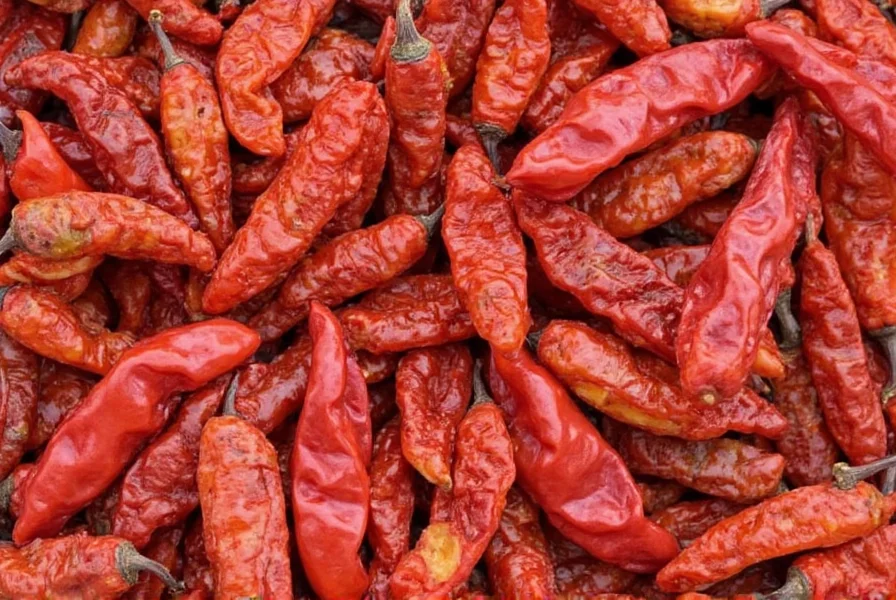
Dried Arbol Chile Peppers: A Complete Guide
Dried arbol chile peppers are small, thin, bright red chiles originating from Mexico with a Scoville rating of 15,000-30,000 SHU. These versatile peppers deliver intense heat with smoky, nutty flavor notes and are essential for authentic Mexican salsas, sauces, and stews. Unlike fresh chiles, drying concentrates their capsaicin, making them significantly hotter while adding complex depth to dishes.
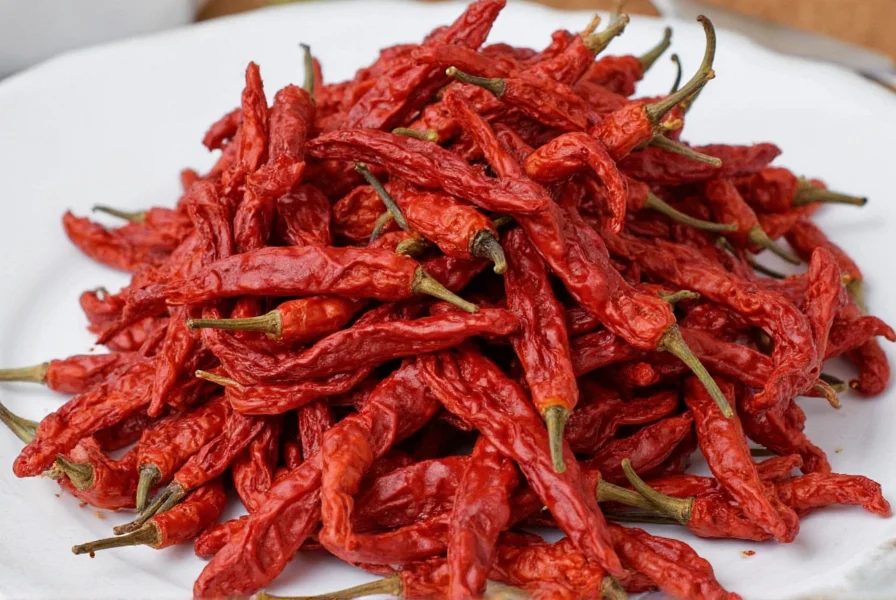
Scoville Heat Scale: How Spicy Are They?
| Pepper Type | Scoville Units | Heat Level |
|---|---|---|
| Dried Arbol Chile | 15,000 - 30,000 SHU | Moderate to High |
| Jalapeño (Fresh) | 2,500 - 8,000 SHU | Low to Moderate |
| Cayenne Pepper | 30,000 - 50,000 SHU | High |
| Hatch Green Chile | 1,000 - 10,000 SHU | Low to Moderate |
Dried arbol chiles sit between jalapeños and cayenne on the heat spectrum. They deliver consistent, clean heat without overwhelming bitterness, making them ideal for adding spice to dishes without dominating other flavors. Unlike cayenne's sharp burn, arbol chiles offer a rounded heat profile that complements complex sauces and marinades.
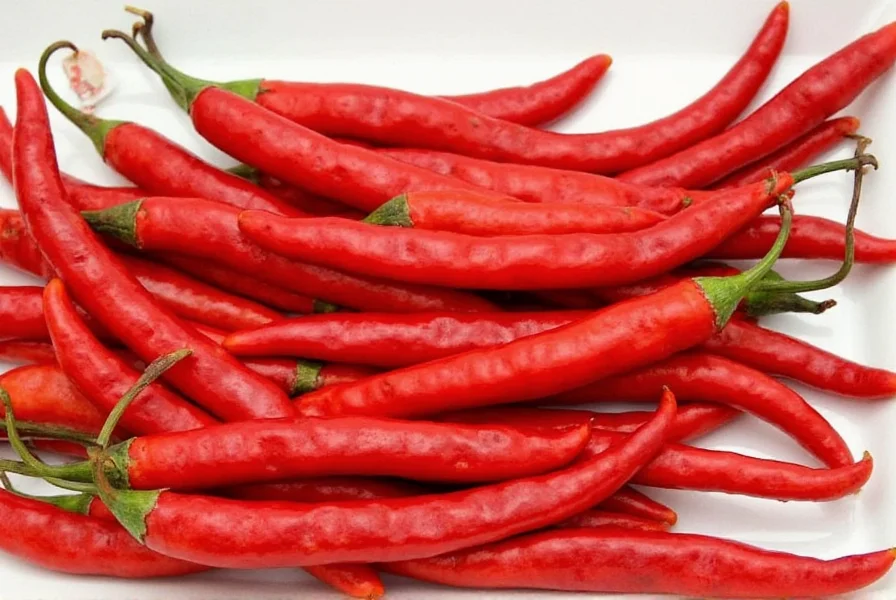
Flavor Profile: Smoky, Nutty, and Complex
Beyond heat, dried arbol chiles deliver nuanced flavor notes that elevate dishes:
- Smoky: Enhanced when lightly toasted before use
- Nutty: Adds depth to sauces and spice blends
- Fruity: Subtle sweetness emerges when combined with acidic ingredients
- Grassy: Fresh herb-like notes similar to cilantro
This complexity makes them superior to generic chili powders for authentic Mexican cuisine. When rehydrated, they release rich, layered flavors that form the foundation of traditional mole sauces and salsas.
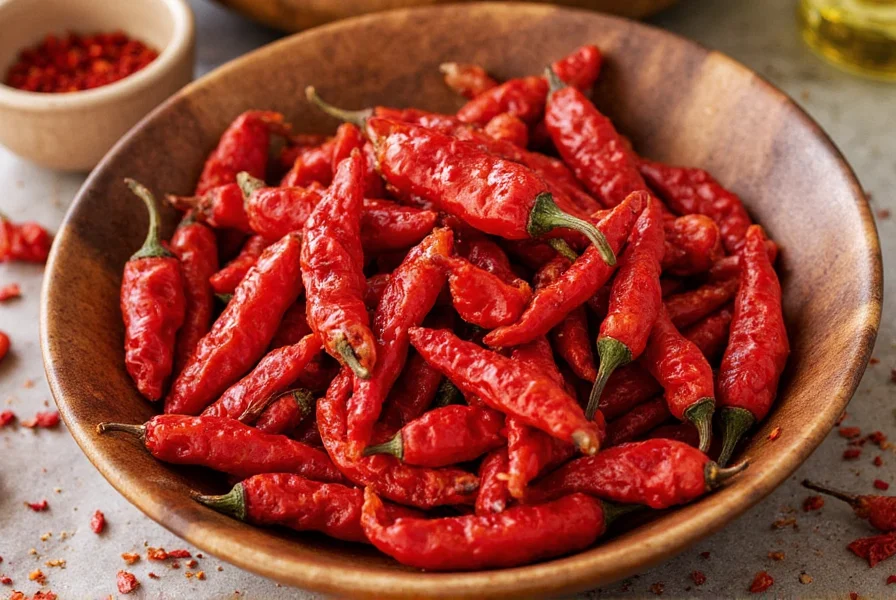
Best Cooking Applications for Dried Arbol Chiles
These versatile peppers work in both simple and complex dishes:
- Authentic Mexican Salsas: Rehydrate and blend with tomatoes, garlic, and lime for smoky salsa roja
- Oil Infusions: Create fiery finishing oil by simmering crushed chiles in olive oil
- Meat Rubs: Combine ground arbol powder with smoked paprika and cumin for spicy dry rubs
- Stews and Braises: Add whole peppers to slow-cooked dishes for deep, warming heat
- Hot Sauces: Blend with vinegar, garlic, and sugar for homemade vinegar-based hot sauce
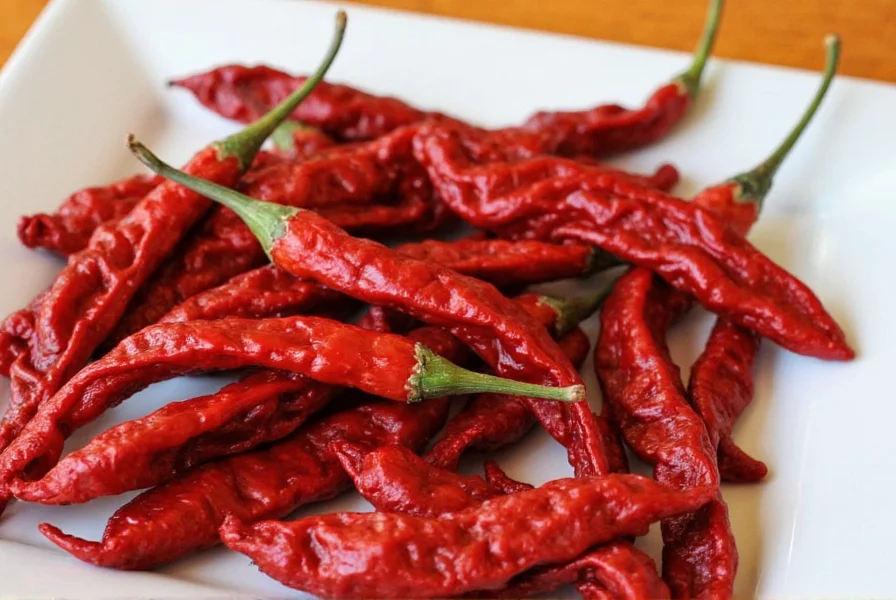
How to Buy Fresh Dried Arbol Chiles
Recommended Brands:
- La Costeña: Consistent quality with authentic Mexican flavor
- Goya: Widely available supermarket option
- Spice Islands: Premium quality for serious cooks
| Product Type | Best Use Cases | Recommended For |
|---|---|---|
| Whole Dried Pods | Toasting, grinding, oil infusions | Home chefs, traditional cooking |
| Ground Powder | Rubs, marinades, quick seasoning | Busy cooks, grill masters |
| Pre-made Hot Sauce | Instant flavor boost, drizzling | Convenience seekers |
Proper Storage to Maintain Freshness
- Store in airtight glass containers away from light and moisture
- Keep in a cool, dark pantry (ideal temperature: 50-70°F)
- For long-term storage, freeze in vacuum-sealed bags
- Check every 3 months for mold or off-odors
Pro Tip: Label containers with purchase date. Dried chiles lose potency after 6-12 months, though they won't spoil.
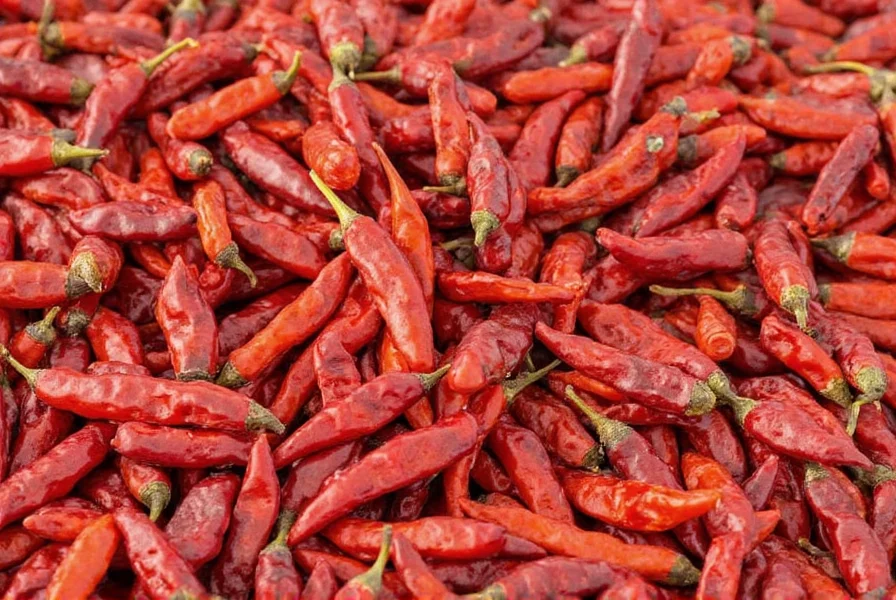
3 Simple Recipes Using Dried Arbol Chiles
1. Quick Arbol Infused Oil
- Ingredients: 5 dried arbol chiles, ½ cup olive oil, 1 garlic clove (optional), pinch of salt
- Instructions: Lightly toast chiles in dry pan, crush, and simmer in oil for 10 minutes. Strain and store in cool place. Use on tacos, eggs, or pasta.
2. Authentic Salsa Roja
- Ingredients: 6 dried arbol chiles, 2 cups roasted tomatoes, 1 onion, 2 garlic cloves, 1 tbsp lime juice, salt to taste
- Instructions: Soak chiles in hot water for 15 minutes. Blend with other ingredients until smooth. Simmer 5 minutes for concentrated flavor.
3. Spicy Dry Rub for Meats
- Ingredients: 2 tbsp ground arbol powder, 1 tbsp smoked paprika, 1 tsp cumin, 1 tsp garlic powder, 1 tsp onion powder, salt and pepper
- Instructions: Mix all ingredients. Apply to chicken, steak, or pork before grilling. Store in airtight container for up to 6 months.

Safe Handling Practices for Spicy Chiles
- Always wear food-safe gloves when handling dried chiles
- Avoid touching eyes or face during preparation
- Wash hands and surfaces with soap and water after handling
- If skin irritation occurs, use milk or yogurt to neutralize capsaicin
Important: Even dried chiles retain full potency. Never handle them bare-handed in the kitchen.
Frequently Asked Questions
How do dried arbol chiles compare to fresh ones?
Dried arbol chiles are significantly hotter than fresh versions due to concentrated capsaicin. Drying intensifies both heat and flavor complexity, making them ideal for sauces and rubs where fresh chiles would be too mild.
Can I substitute dried arbol chiles with other peppers?
Yes, but with adjustments: Ancho or guajillo chiles are milder (use 1.5x quantity), while cayenne offers similar heat but lacks smoky depth. Thai bird chiles provide comparable heat but with sharper, less complex flavor.
How many chiles should I use per recipe?
Start with 1-2 dried chiles per serving for moderate heat. For sauces, 3-5 chiles typically provide balanced flavor without overwhelming other ingredients. Always adjust based on your personal tolerance.
Do dried arbol chiles expire?
They don't spoil but lose potency over time. For optimal flavor and heat, use within 6-12 months. Store properly in airtight containers away from light and moisture to maximize shelf life.
What's the difference between arbol and cayenne chiles?
Arbol chiles have a Scoville range of 15k-30k SHU versus cayenne's 30k-50k SHU. Arbol offers smoky, nutty notes with rounded heat, while cayenne provides sharper, more one-dimensional burn. Arbol is better for complex sauces, cayenne for straightforward heat.
How to properly rehydrate dried arbol chiles?
Place chiles in a bowl, cover with hot (not boiling) water, and soak for 15-20 minutes until softened. For enhanced flavor, lightly toast them in a dry pan before soaking. Drain thoroughly before blending or cooking.
What traditional dishes use arbol chiles?
Arbol chiles are essential in Mexican salsas (especially salsa roja), mole sauces, adobo marinades, and regional dishes from central Mexico. They're also used in vinegar-based hot sauces and oil infusions throughout Latin American cuisine.
Are dried arbol chiles healthy?
Yes! They contain capsaicin which has anti-inflammatory properties and may boost metabolism. Rich in vitamins A and C and antioxidants, they support immune function. Consume in moderation if you have digestive sensitivities.

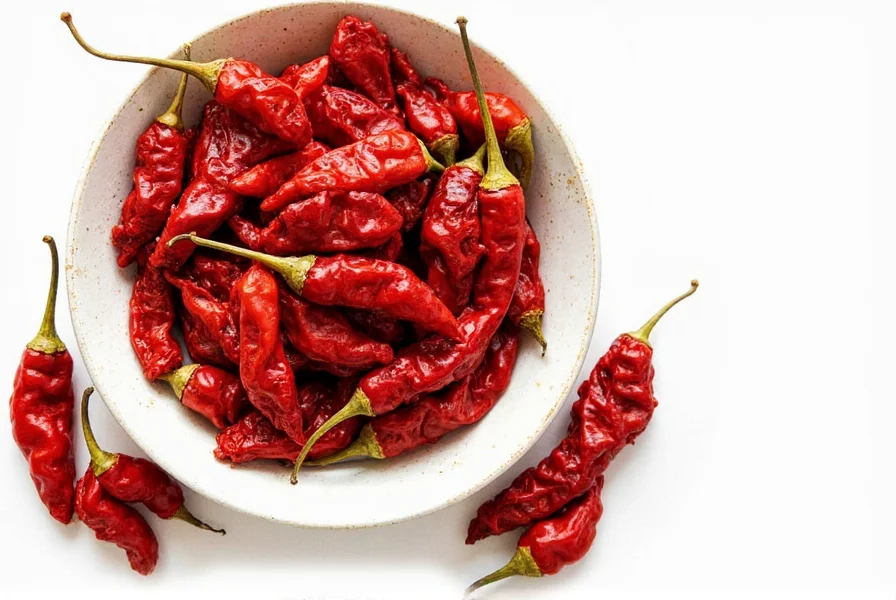









 浙公网安备
33010002000092号
浙公网安备
33010002000092号 浙B2-20120091-4
浙B2-20120091-4